People are tenuously holding onto hope for food and shelter in Ghyangphedi, a remote village on the southern edge of Nepal’s Langtang National Park.
It’s been five days since a 7.8-magnitude earthquake reduced the village to a pile of rubble. But relief has yet to arrive and people are desperate.
“If we don’t get food, we will die,” says Prakash Tamang, whose son was killed when his house collapsed. “Please, send food for us.”
The drinking water is polluted. Landslides filled the nearby stream with mud, and the people have no way to filter it. The entire village of about 150 huddles under two large tarps, waiting for help. Most of the people sit with blank looks, trying to stay out of the afternoon downpour.
It’s rained nearly every day since the earthquake, sending temperatures below 50 degrees Fahrenheit (10 Celsius) at night.
Karmajit Tamang, a village leader who is trying to organize his people, says they were trying to dig blankets out of the rubble, but so far had only recovered a few.
The food supply is running low. Biscuits and ramen salvaged from a shop sit piled under a tarp, but the villagers worry that they only have enough for two or three days.
“The people need food, they are starving,” Santos, a local teenager, says.
Some of the village men managed to find a water buffalo that was killed in the earthquake. They quickly set to cutting off its meat. But health workers warn that this could also be a danger, with rotting meat threatening to make an entire community sick.
When the earthquake first hit, it killed five people in Ghyangphedi, which sits in a picturesque mountain valley. Most of the buildings in these areas are made of rock and mud, and had no chance of withstanding the earthquake. Landslides set off by aftershocks and rain continue to threaten the area.
The total death toll in Nepal now exceeds 5,500. Aid groups say that number could still rise as rescuers begin reaching remote villages like this one. Karmajit Tamang believes that there were even more people killed from landslides in the villages further up the valley.
Most people here were outside working in their fields when the earthquake struck, which minimized the loss of life. The survivors dug out the victims, grieved, and then burned their bodies.
Then came the struggle for survival.
“We need tarps and food, that is all we can ask for right now,” Karmajit Tamang says.
An army helicopter briefly landed a day after the earthquake and evacuated the most severely injured. But, since then, no troops, government officials or aid groups have returned to the isolated village. It is only about a six hour drive from the capital city of Kathmandu, but several landslides are blocking the road. Right now, it is accessible only by foot or helicopter.
“We are feeling lost,” Karmajit Tamang says. “We don’t know what to do.”
The survivors must face new kinds of danger. Sickness, exposure, and starvation threaten thousands of people trapped in remote areas.
See India's Rescue Operations in Quake-Devastated Nepal
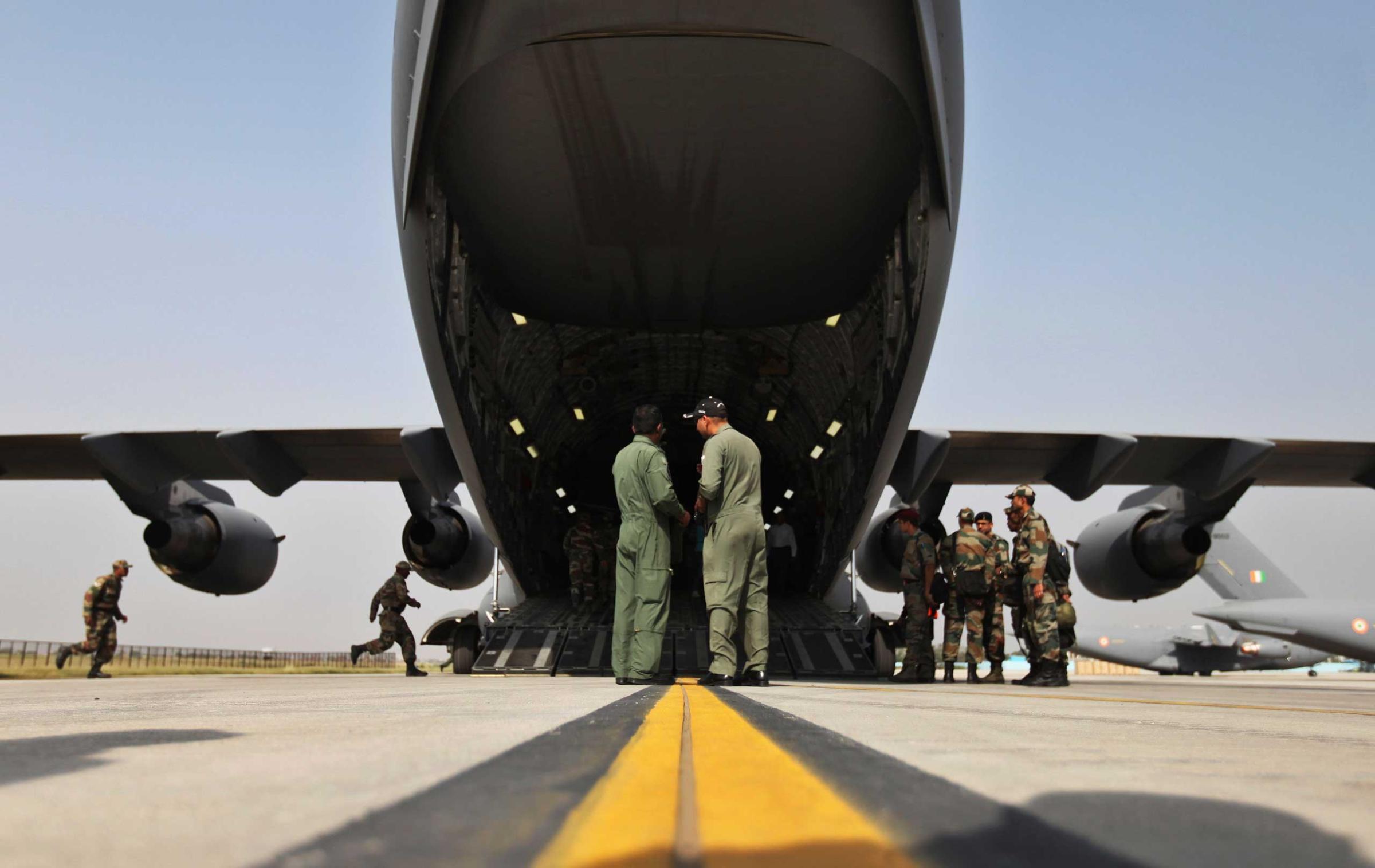
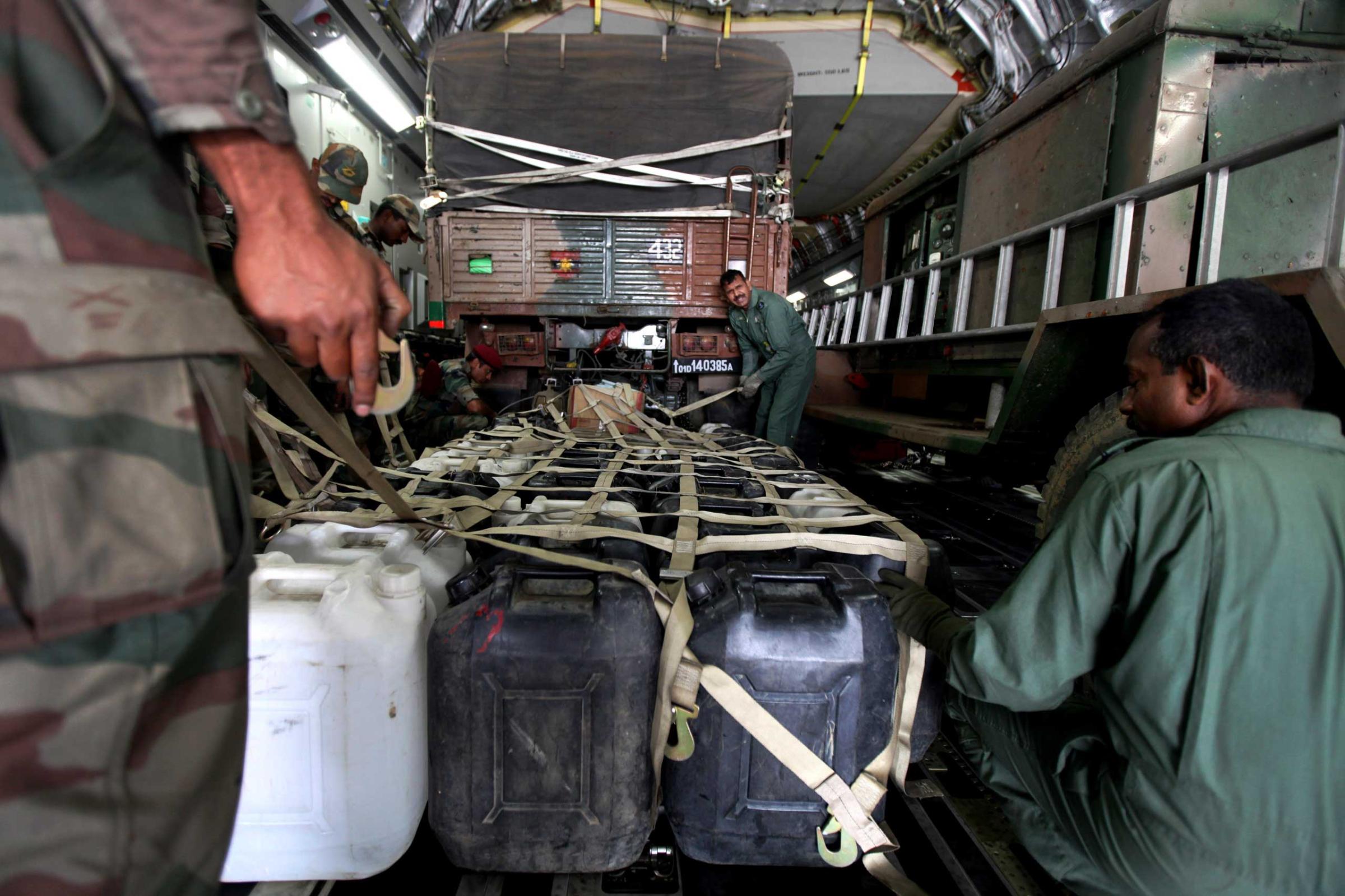
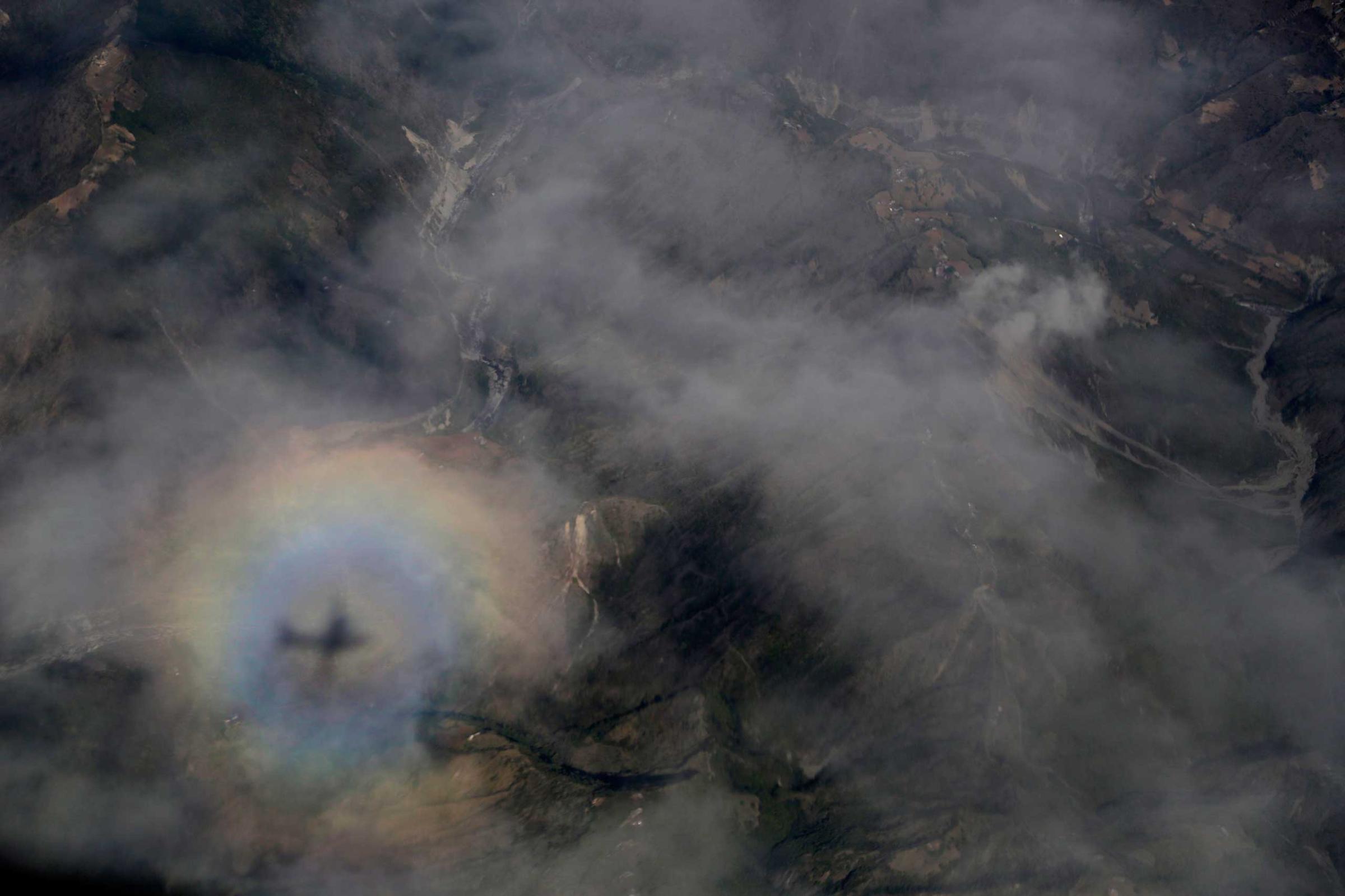
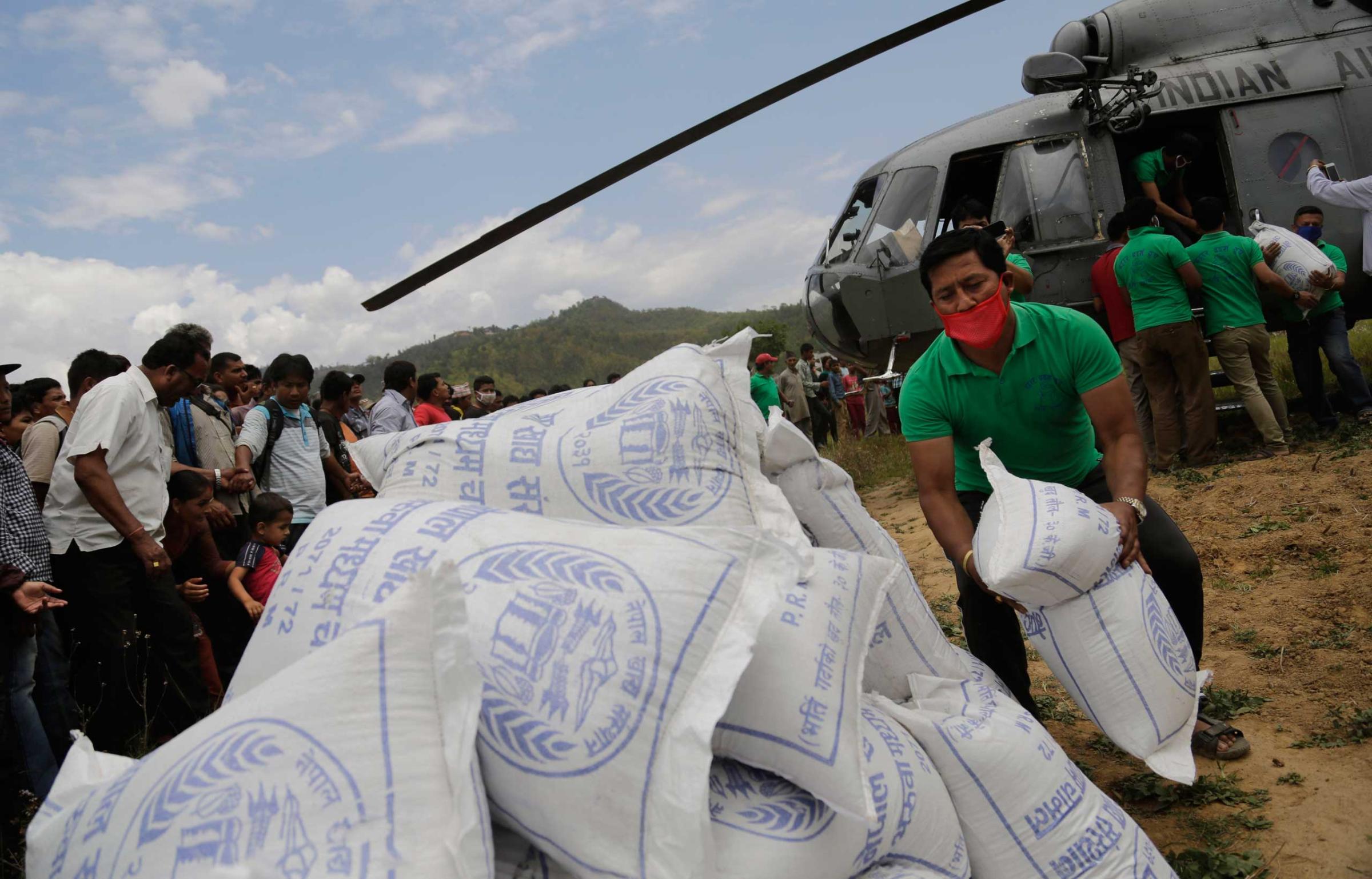
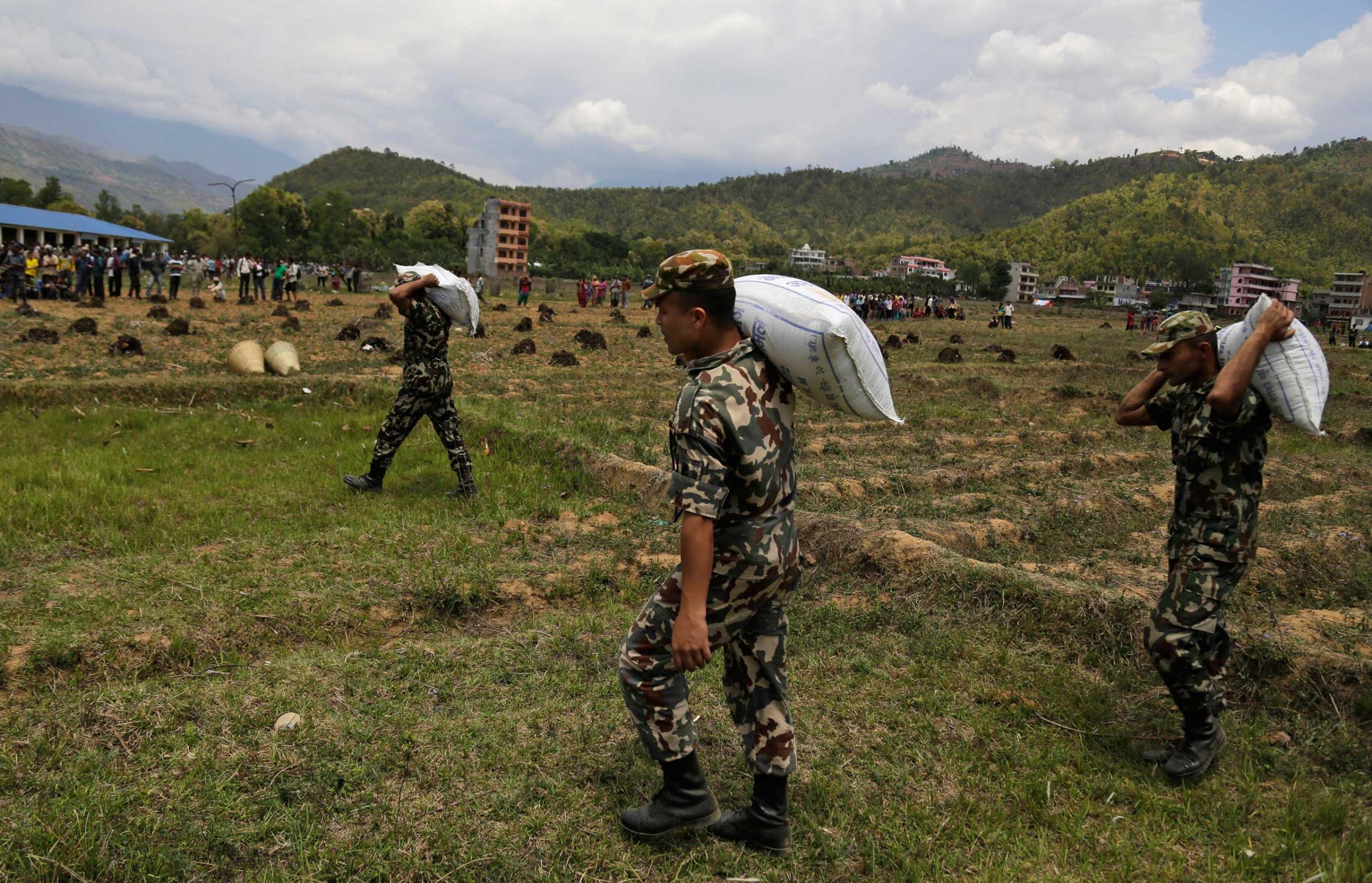
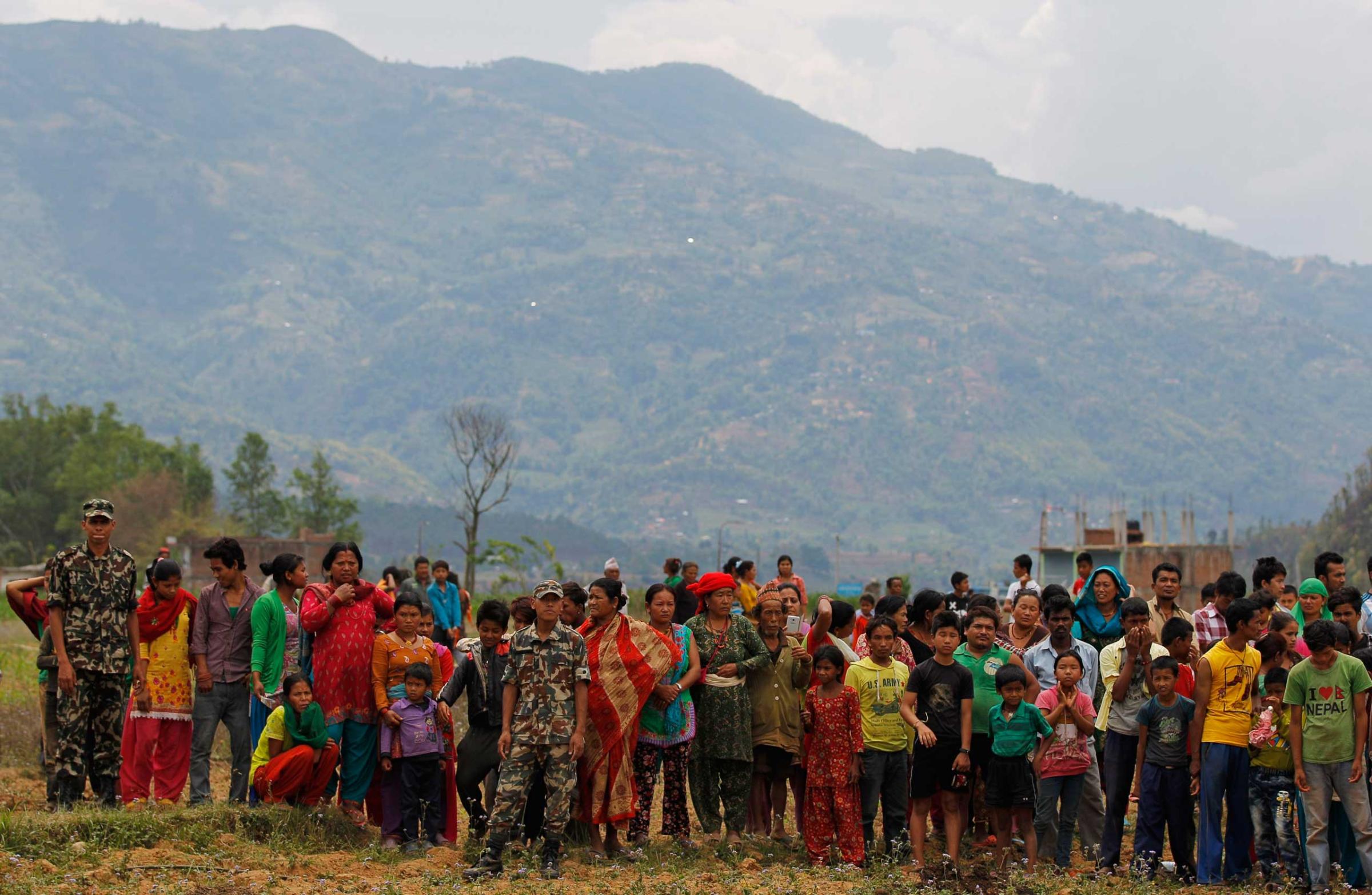


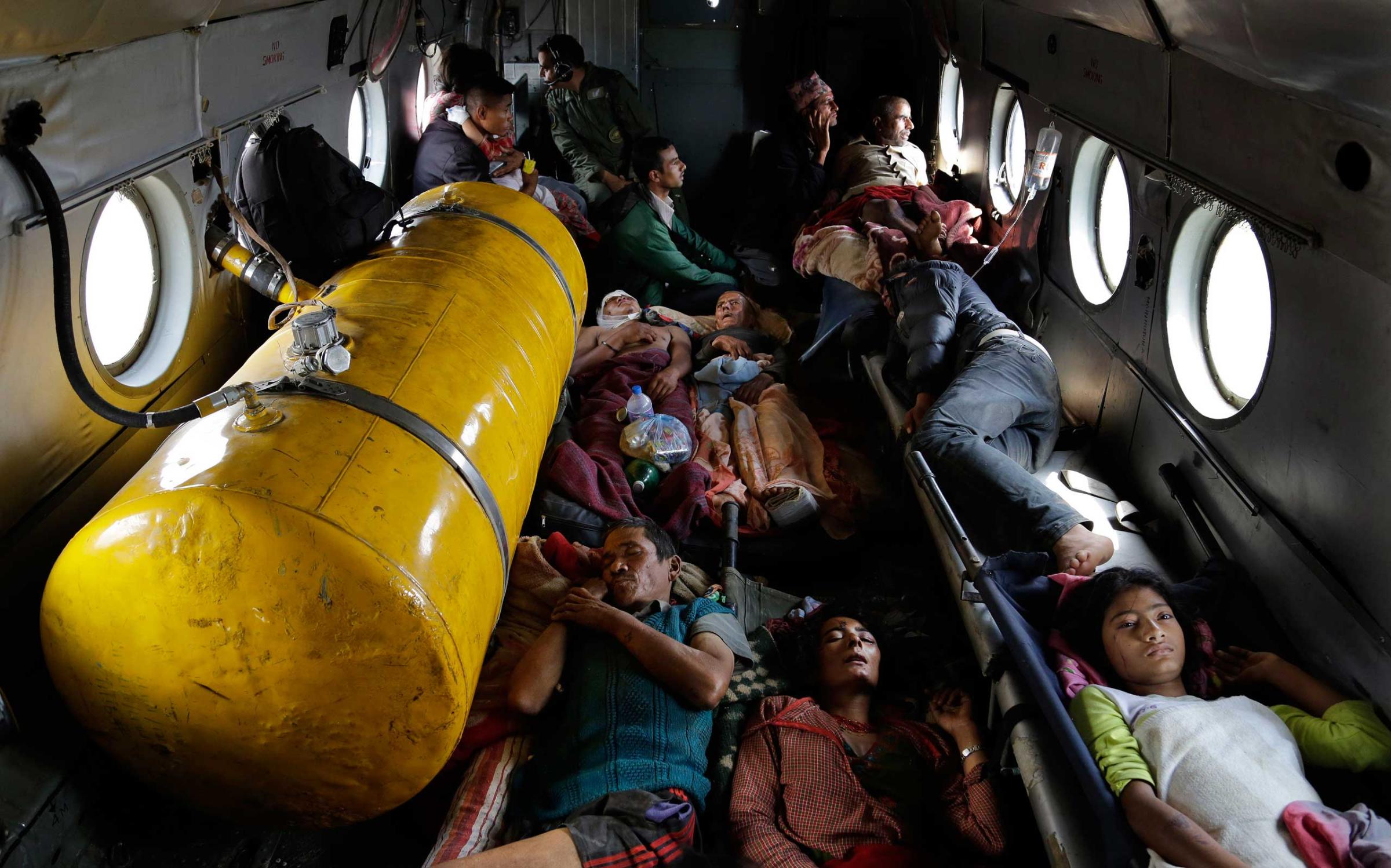
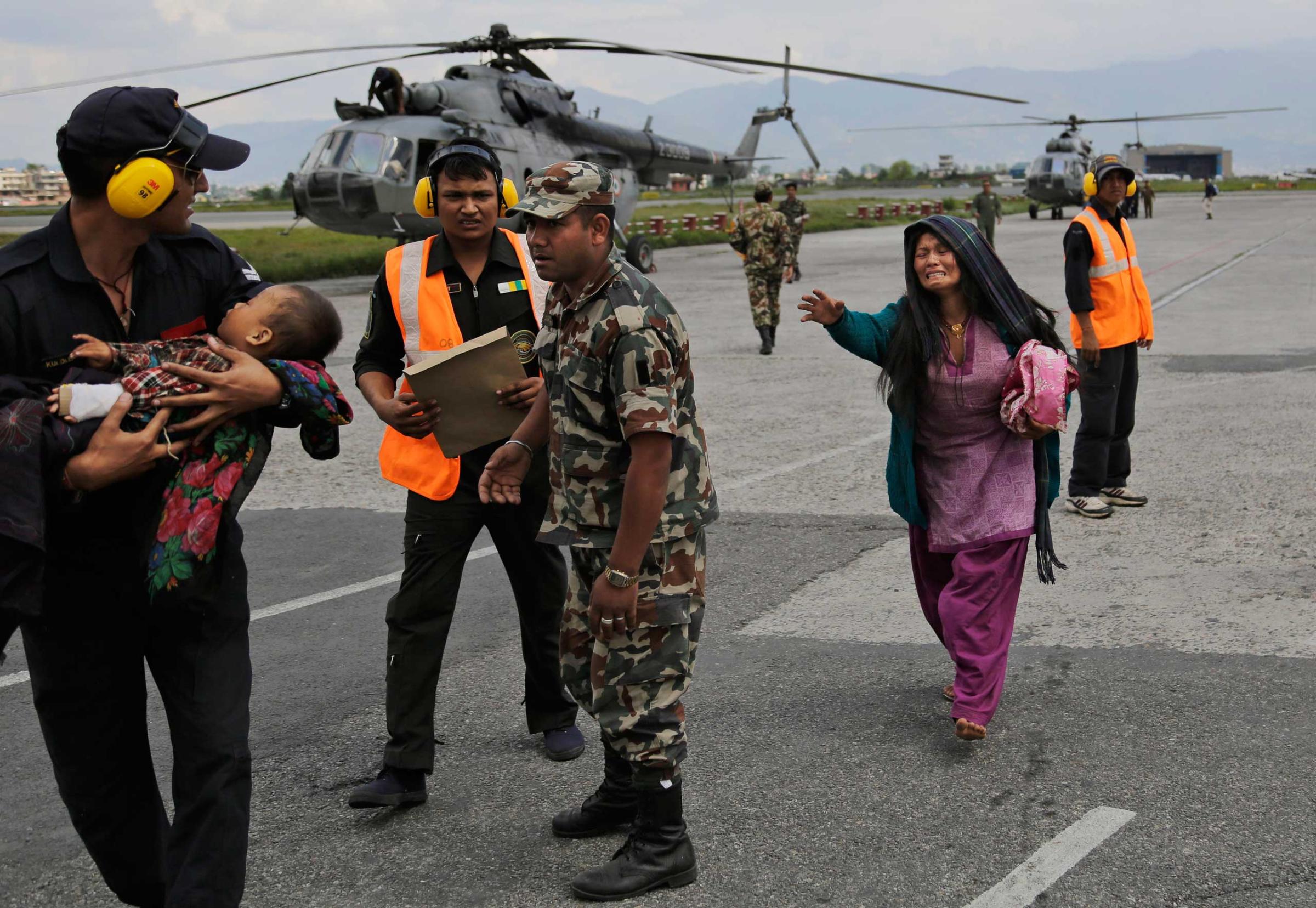
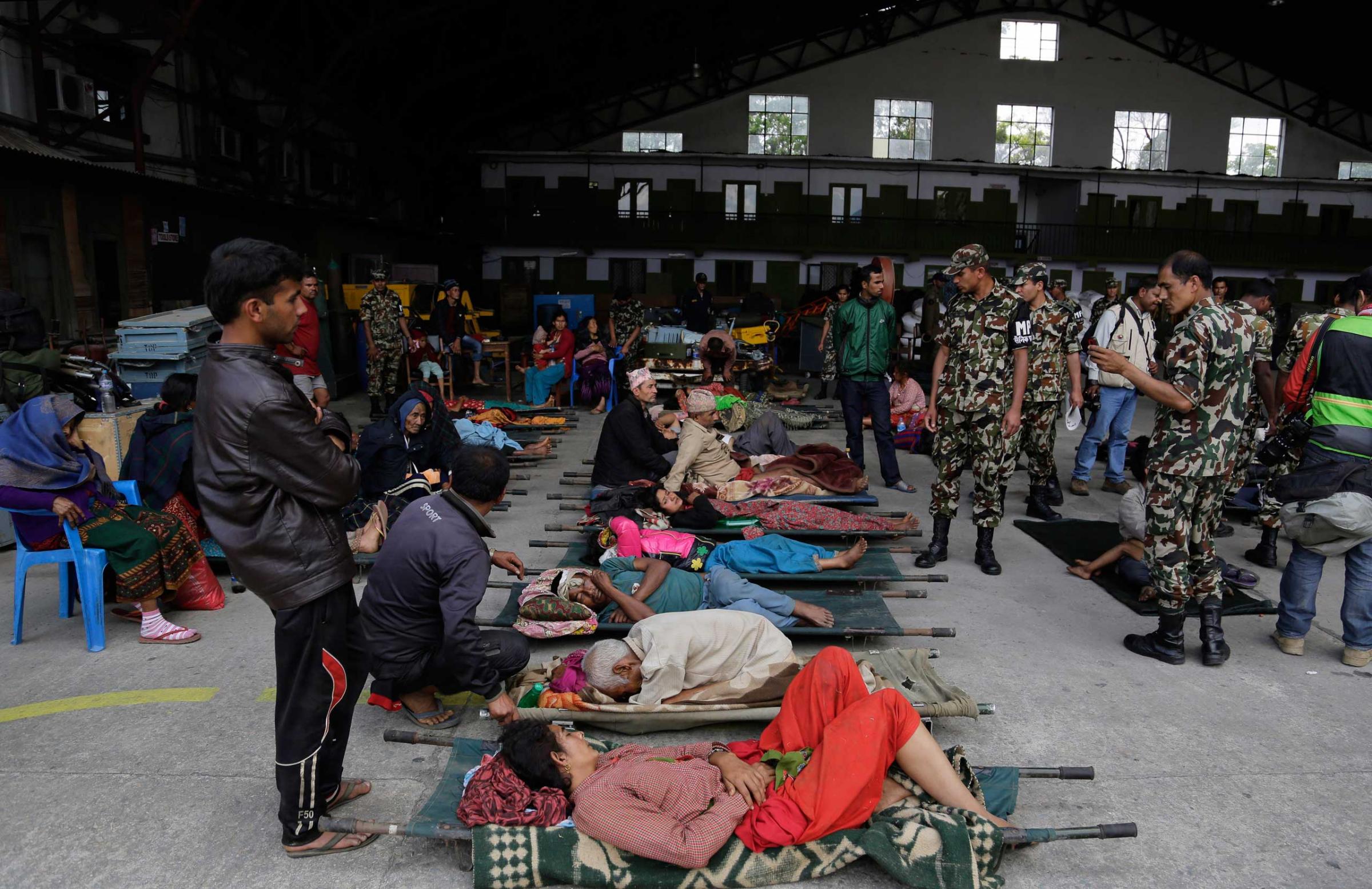

This village is only one of hundreds cut off from relief supplies. In this corner of Nuwakot district, about 6,000 people are in need of basic supplies. U.N. officials say this number could be as high as 1.4 million across the country. On Wednesday, frustrated survivors took to the streets in Kathmandu to protest the slow pace of the rescue and aid effort.
Food and rice factories across Nepal and India are trying to meet the huge demand, but even in Kathmandu, food in large quantities is scarce.
“We are trying to find rice. We ordered some from factories, but they are saying it will be four or five days at least,” says Thir Koraila, the National Coordinator for MICHA, which is one of many organizations trying to facilitate relief efforts.
He had three trucks of rice mobbed by hungry crowds as it tried to get to Kathmandu. In Battar, a town only three hours from Kathmandu and accessible by road, a mob formed around a helicopter that was rumored to be delivering tarps.
Tirtha Raj Joshi of the Nepal Red Cross Society says they are trying to deliver supplies to the most remote mountain areas. But on Thursday, locals said by phone they had not received anything.
As Nepal begins the long process of relief and recovery, chaos continues to pervade the country. The U.N. estimates more than a fourth of the country’s population is affected.
But for the people in Ghyangphedi and hundred of more mountainous villages, all they can do is wait and hope that help arrives soon.
More Must-Reads from TIME
- Donald Trump Is TIME's 2024 Person of the Year
- Why We Chose Trump as Person of the Year
- Is Intermittent Fasting Good or Bad for You?
- The 100 Must-Read Books of 2024
- The 20 Best Christmas TV Episodes
- Column: If Optimism Feels Ridiculous Now, Try Hope
- The Future of Climate Action Is Trade Policy
- Merle Bombardieri Is Helping People Make the Baby Decision
Contact us at letters@time.com